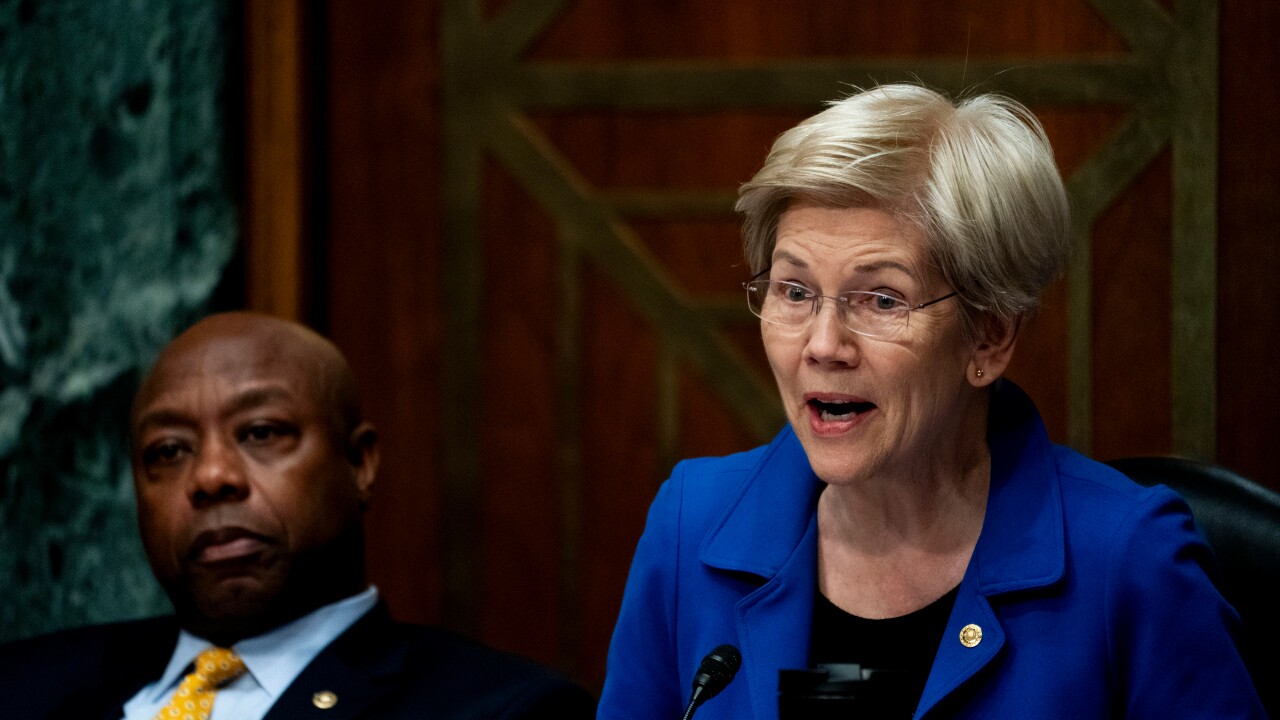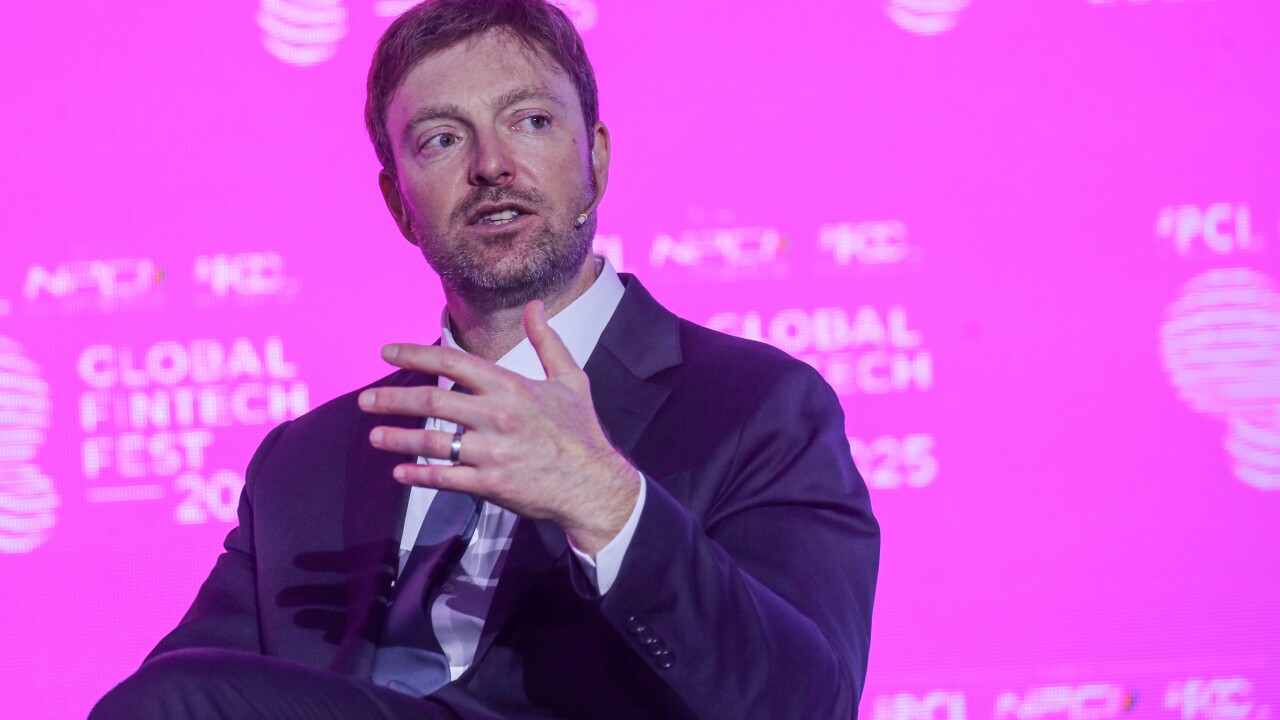While the U.S. economic recovery is expected to pick up steam this year as the coronavirus vaccine is rolled out, a full recovery in the labor market isn’t expected for another three years, according to the American Bankers Association’s economic advisory committee.
Unemployment rose to 14.8% in April 2020 as businesses shuttered to prevent the spread of the disease and remained elevated, at 13.1%, at the end of the second quarter. The rate is now under 7% and is expected to continue shrinking through 2021 and 2022, but likely won’t return to pre-pandemic levels of under 4% until 2024, the ABA panel said in a presentation Thursday.

Panel members briefed Federal Reserve officials on their forecasts earlier this week. The pace of recovery is said to inform when the Fed will begin to raise interest rates and what risks remain that could prolong the damage caused by the virus.
“Topping the list [of risks] is the vaccine and how slow the rollout has been,” said Beata Caranci, the chief economist at TD Bank Group and chair of the ABA panel.
Distribution of the vaccine has been slower than expected with 10.8 million initial doses provided in the U.S. as of Jan. 13, according to a Bloomberg
Banks have been watching the process carefully to gauge when economies could open up and if more businesses and consumers will fall behind on their loans.
Chris Nichols, chief strategy officer for the nearly $19 billion-asset CenterState Bank in Winter Haven, Fla., said that in addition to the distribution challenges, the bank has been tracking polling data showing that fewer people are lining up for the shots than expected.
“That says to us that the ‘return to normal’ will be slower than expected,” Nichols said. “This will inhibit job growth and exacerbate delinquencies.”
Further compounding risks, Caranci said, is the fear that the longer it takes to get shots in as many arms as needed to control the virus, the greater the probability of a mutation that could wither the effectiveness of the vaccines.
Still, the ABA committee predicts that 75% of the population will be vaccinated in the fourth quarter of this year.
The committee also discussed what threat could be posed to the economy following the Jan. 6 riot at the U.S. Capitol. Caranci said the unrest could weigh on a near-term recovery “if a coup persisted.”
“Higher uncertainty is not our friend,” Caranci said.
Banks should expect to see further deterioration in some of their credit portfolios before a recovery is reached. According to the committee’s forecast, the delinquency rate on commercial and industrial loans is expected to climb from 1.3% last year to 1.5% this year.
To get small businesses through whatever path the recovery takes, a second round of the Paycheck Protection Program started to open up this week for some and will be broadened for all lenders on Jan. 19, the Treasury Department said Wednesday.
“The consensus is that there will be high take-up,” Caranci said.





